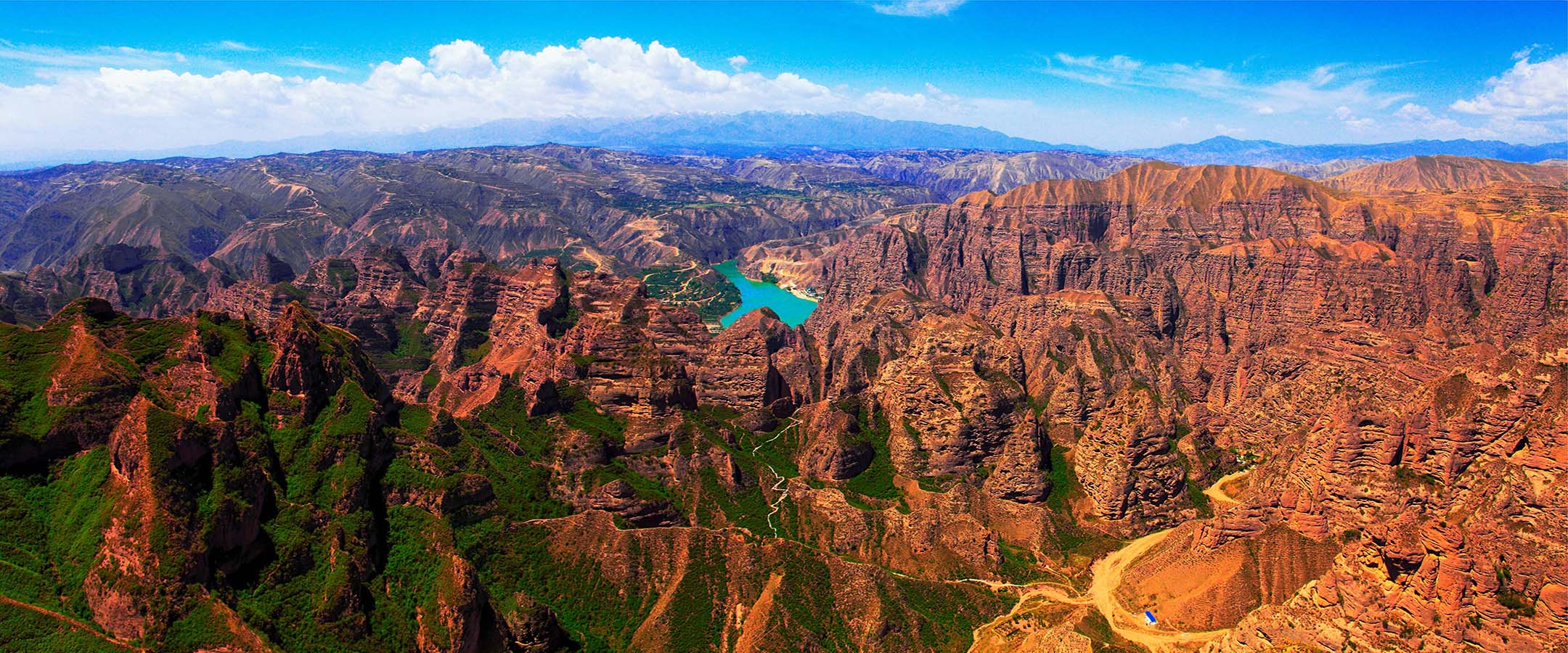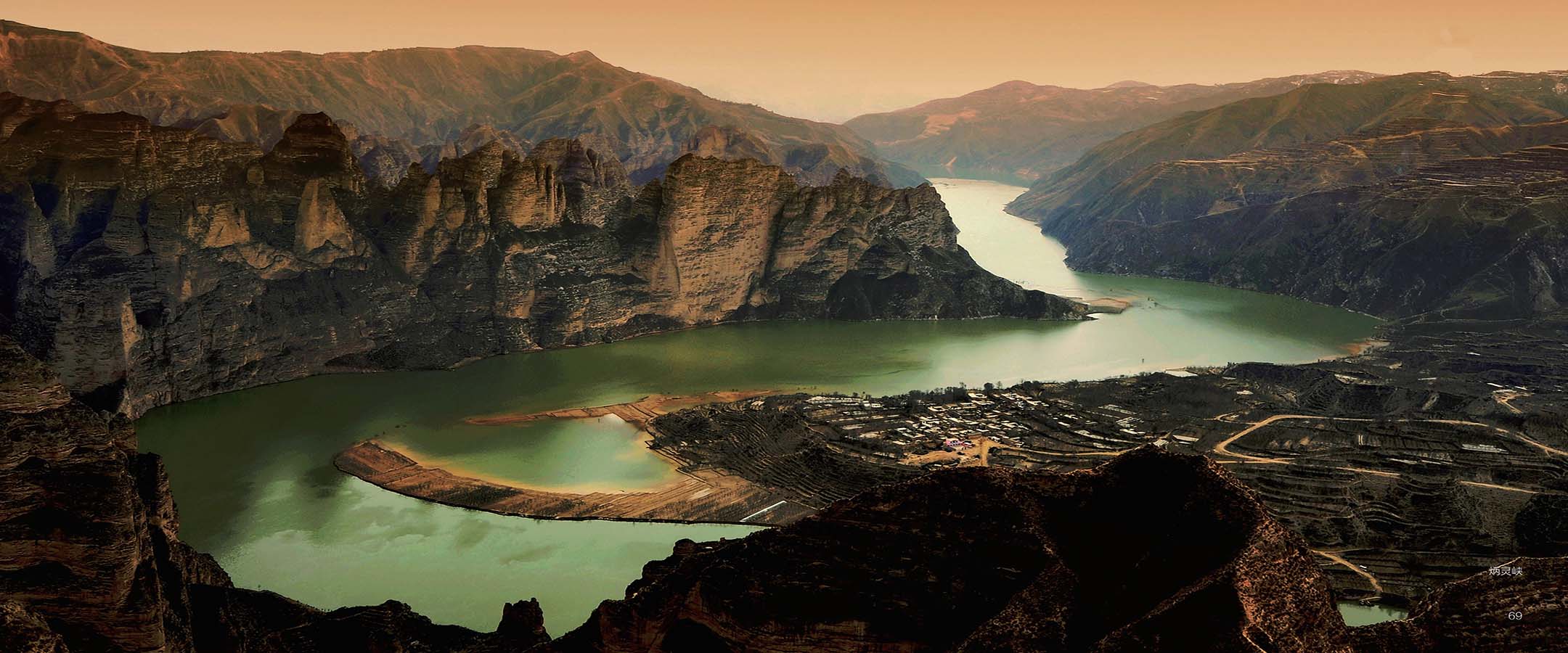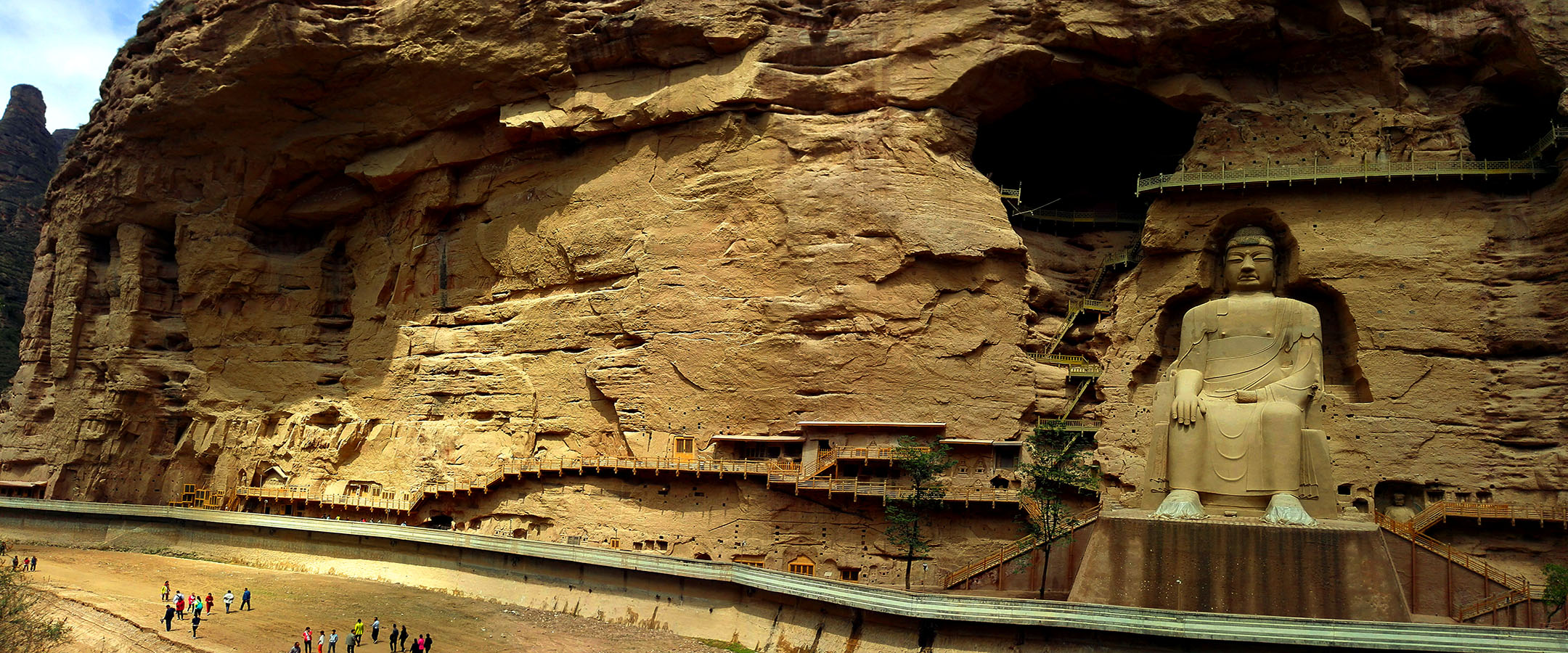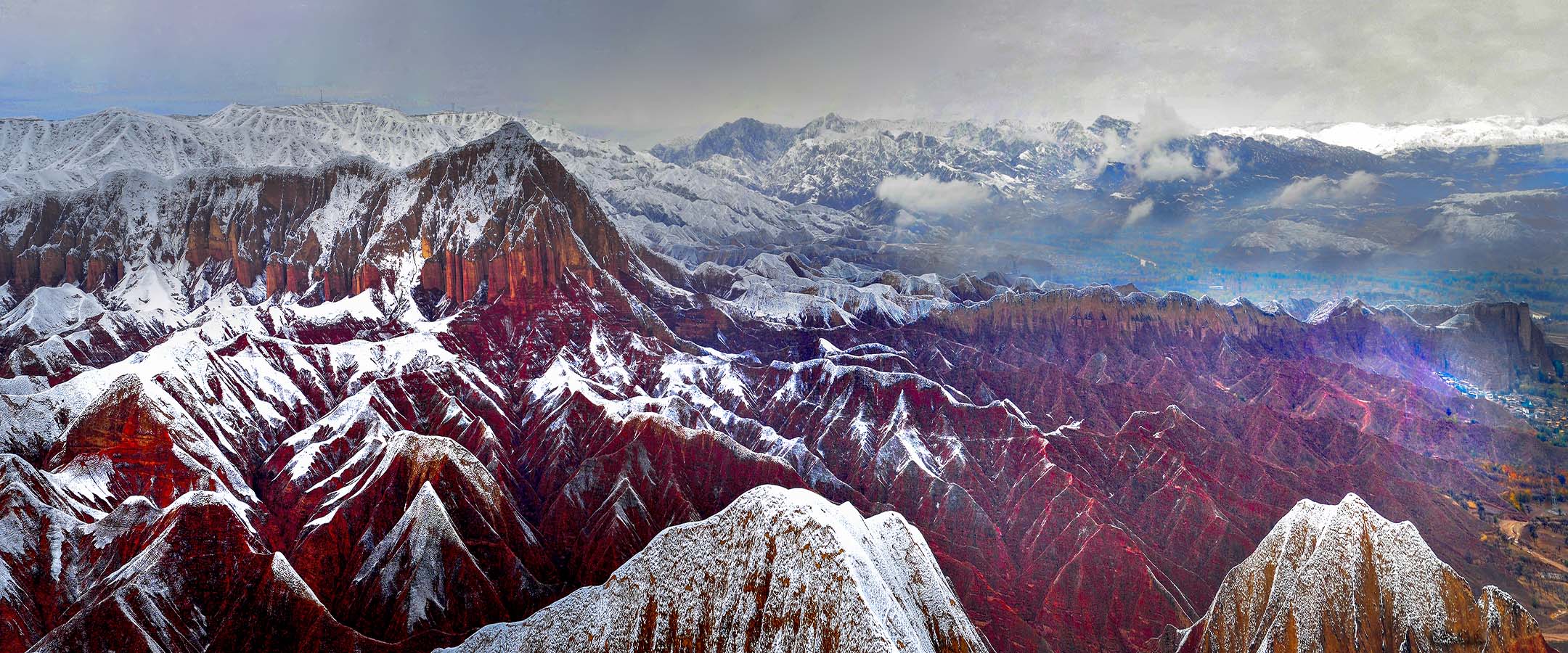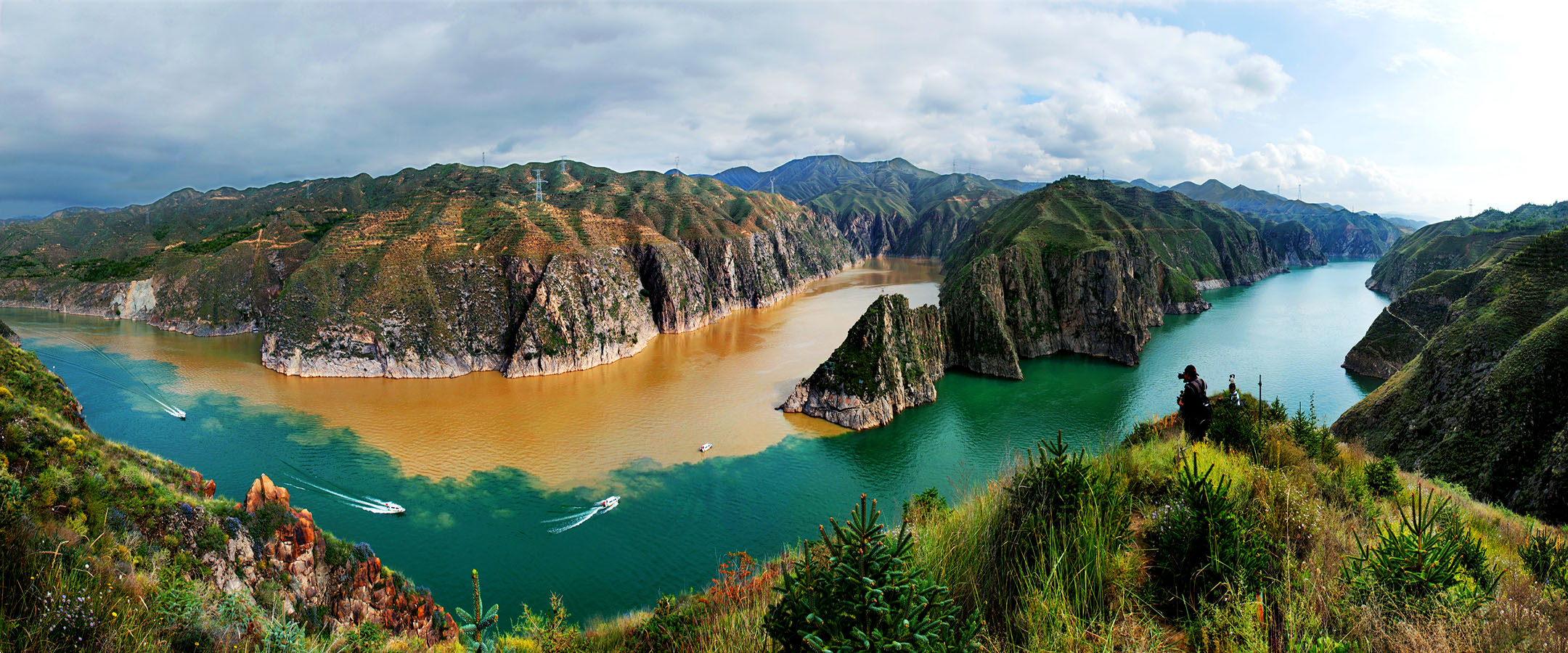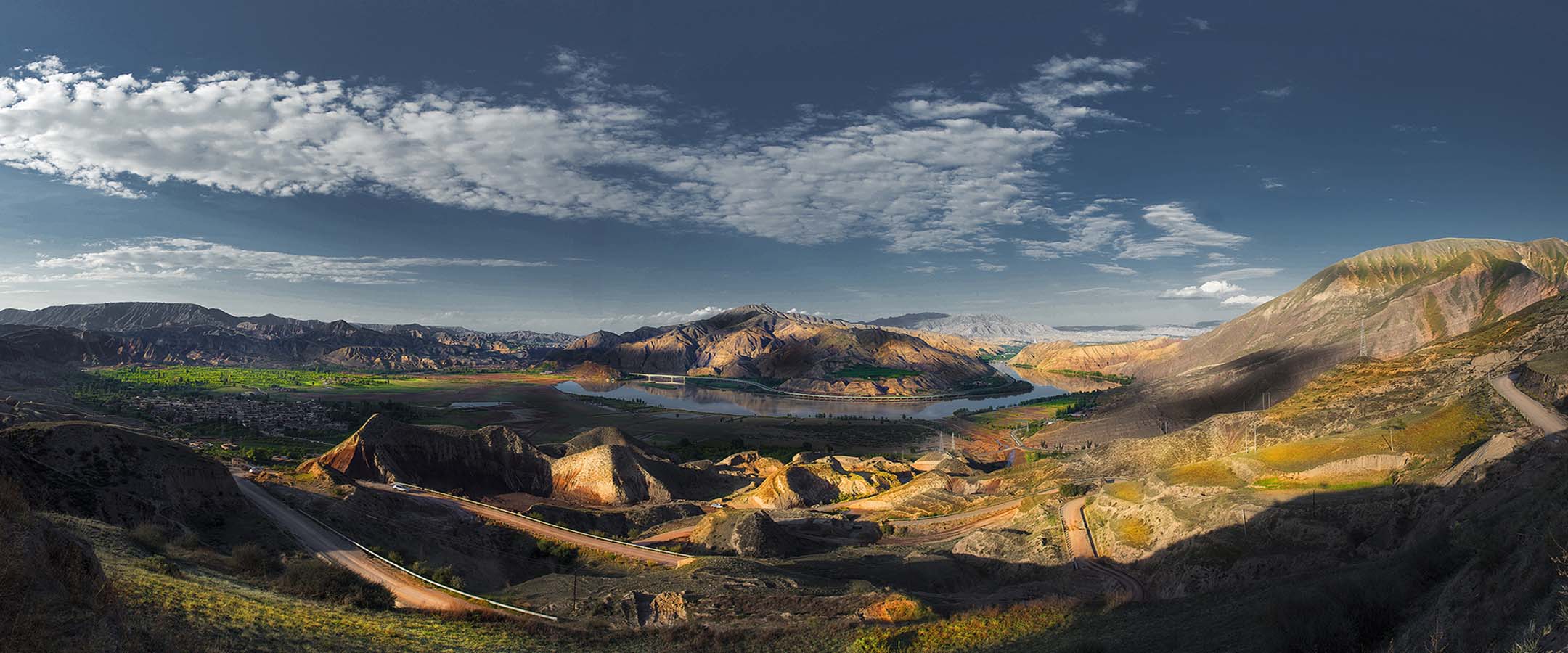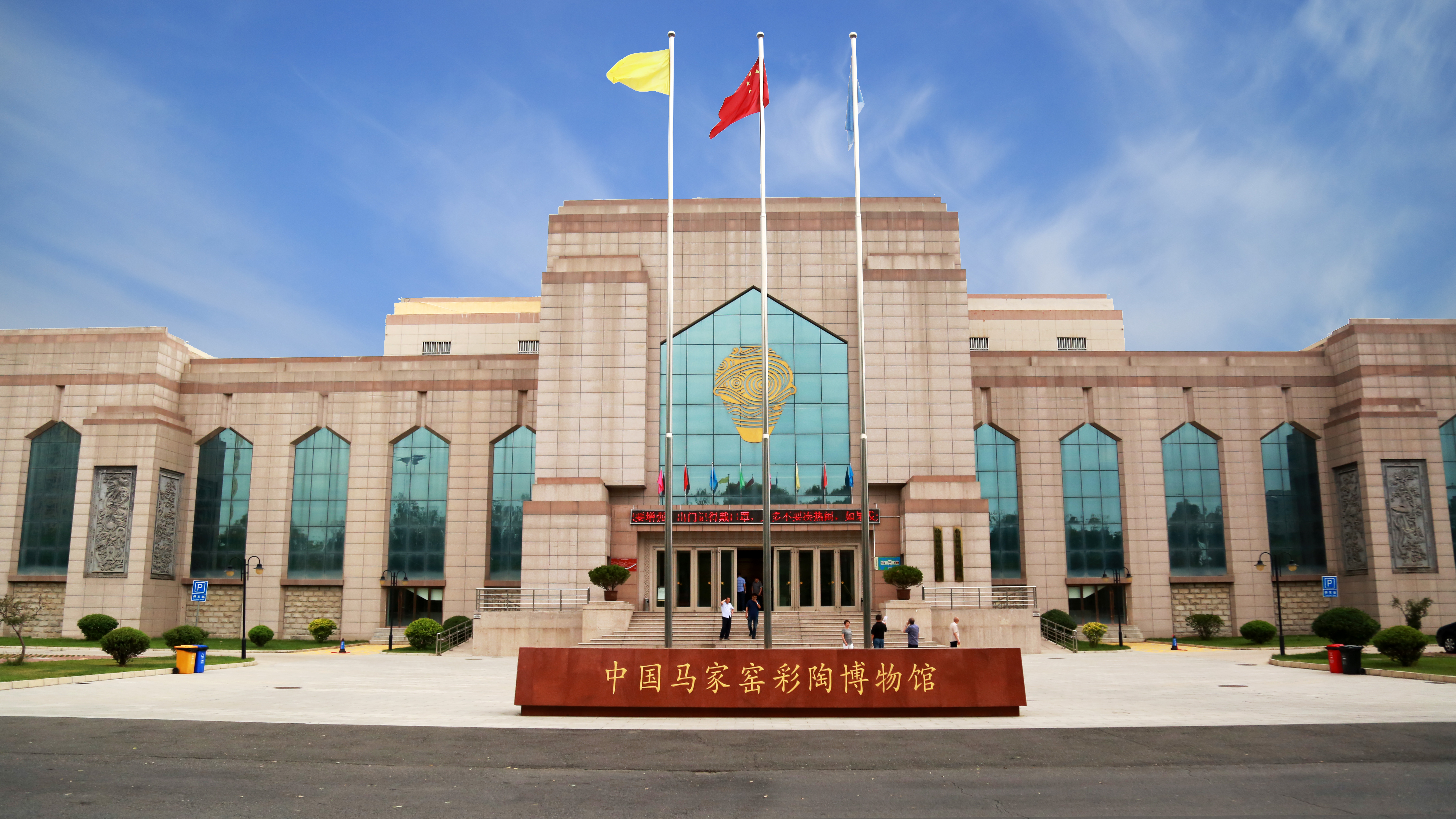马家窑彩陶博物馆
Museum of Linxia Hui Autonomous Prefecture
甘肃省临夏回族自治州临夏市 Linxia city, Linxia Hui Autonomous Prefecture, Gansu Province
临夏州博物馆成立于1979年1月,属综合性地志博物馆,为国家二级博物馆,中国博物馆协会团体会员,甘肃省爱国主义教育基地,甘肃省文化遗产“历史再现”工程博物馆,甘肃省博物馆协会常务理事单位,兰州大学文物与博物馆专业文科实践教育基地,西北民族大学教学实习基地。新馆位于甘肃省临夏市东区,占地面积13200平方米,建筑面积8687.2平方米。
临夏州博物馆承担全州文物调查、抢救清理、征集保管、宣传展示等工作。馆内设有考古研究部、保管修复部、社会教育部、陈列设计部、安全保卫部和办公室,现有职工55名,正式职工32名,公益性岗位人员3名,聘用人员20名。正式职工中专业技术人员26名,其中副研究馆员2名,馆员10名,助理馆员14名。
临夏州博物馆馆藏文物丰富,现有各类馆藏文物4288件,珍贵文物1001件,其中一级66件,二级230件,三级705件,主要为新石器时代至青铜时代的彩陶,还有石器、玉器、铜器、瓷器、化石、书画、雕刻墓砖和民族文物等,特别是以代表中国彩陶文化最高成就的马家窑文化彩陶最为丰富,品级上乘,在国内外具有重要影响。
临夏州博物馆自成立以来,负责实施了全州第二次、第三次文物普查工作,主持发掘了康乐边家林遗址,抢救清理了临夏王闵家金墓等30多座古墓葬,取得了丰富的研究资料。为宣传临夏悠久的历史文化,先后举办了《临夏出土文物》、《临夏彩陶》、《临夏古代文化》、《临夏古动物化石》、《金代砖雕》、《临夏彩陶艺术》和《临夏民族文物》等一系列文物展览,负责出版了《临夏考古》、《临夏文物》、《临夏彩陶》、《古陶神韵》等书籍,自主编辑了《临夏遗产》杂志。接待了贾庆林、李铁映、王文元、钱伟长、费孝通、杜青林等各级领导和中外观众二百多万人。
临夏州博物馆基本陈列《马家窑文化彩陶展》,展厅面积3034平方米,展出马家窑文化彩陶文物1253套(件),通过马家窑类型、边家林类型、半山类型、马厂类型四个序列,全面、系统地展示了中国马家窑文化彩陶深厚的历史底蕴和绚丽多彩的艺术魅力,展现了原始先民高超的艺术创造力,是一部直观的史前社会发展简史和爱国主义的生动教材,在国内同类型文化展览中占有十分重要的地位。
Established in January 1979, the Museum of Linxia Hui Autonomous Prefecture is a comprehensive chorography museum. It is a national second-class museum. It is also a group member of Chinese Museum Associations, Patriotic Education Base of Gansu Province, Museum of Representing History Program of Gansu Province, Executive directing unit of Gansu Museum Association, Liberal Arts Practice and Education Base of Cultural Relics and Museum major of Lanzhou University, Teaching and Practice Base of Northwest University for Nationalities. The new museum is located in the east of Linxia city, covering an area of 13,200 square meters and its building area covers 8687.2 square meters.
The museum focuses on research, restoration and clean,collection and storage, publicity and exhibition of cultural relics in Linxia Prefecture. It has 6 divisions: Archaeological Research division, Storage and Restoration division, Social Education division, Exhibition Design division, Security division and office. There are 55 staff members in the museum, 32 regular employees, 3 for public welfare position and 30 temporary employees. Among the regular employees, 26 are professionals (2 associate professors, 10 librarians, 14 assistant librarians).
4288 pieces of cultural relics are preserved in the museum and 1001 are pieces of valuable cultural relics (66 pieces of National First Level, 230 of National Second Level, 705 of National Third Level). They are mainly painted pottery from the Neolithic Age to the Bronze Age. Besides,there are stone , jade, bronze, china wares, fossils, paintings and calligraphy, carved tomb bricks and national cultural relics. Among them,painted pottery of Majiayao Culture represents the biggest achievement of Chinese painted pottery culture. The painted pottery of Majiayao Culture is the most abundant and of high quality. It is famous at home and abroad.
The museum has implemented the second and the third archaeological survey in Linxia since its establishment. Besides, it has conducted and excavated Bianjialin Site in Kangke County, restored and cleaned 30 ancient tombs represented by tomb of the Jin Dynasty(1115-1234)of Wangmingjia, Linxia. All above has accumulated abundant research materials for the museum. To publicize the history and culture of Linxia, the museum has successively held a series of exhibitions of cultural relics: Cultural Relics in Linxia, Painted Pottery of Linxia, Ancient Culture of Linxia, Ancient Animal Fossils in Linxia, Brick Carving of the Jin Dynasty, Painted Pottery Arts of Linxia and National Cultural Relics of Linxia and has published books such as Archaeology in Linxia, Cultural Relics in Linxia, Painted Pottery of Linxia and Gutaoshenyun(antique pottery). And the million audiences home and abroad have visited the museum.
The permanent exhibition in the museum,with an area of 3034 square meters, presents 1253 pieces of cultural relics of Majiayao Culture. In sequence of Majiayao Pottery, Bianjialin Pottery, Banshan Pottery and Machang Pottery, the exhibition comprehensively and scientifically presents profound history and artistic charm of the Painted Pottery of Majiayao Culture and art creativity of ancient ancestors. It is a brief history of prehistoric society development and a vivid textbook of patriotism. The exhibition plays an important role in the same type of cultural exhibitions in China.

